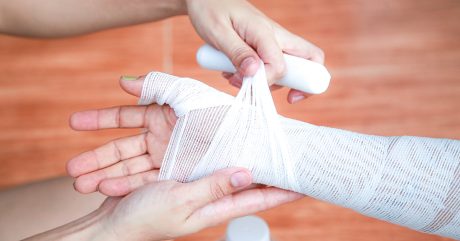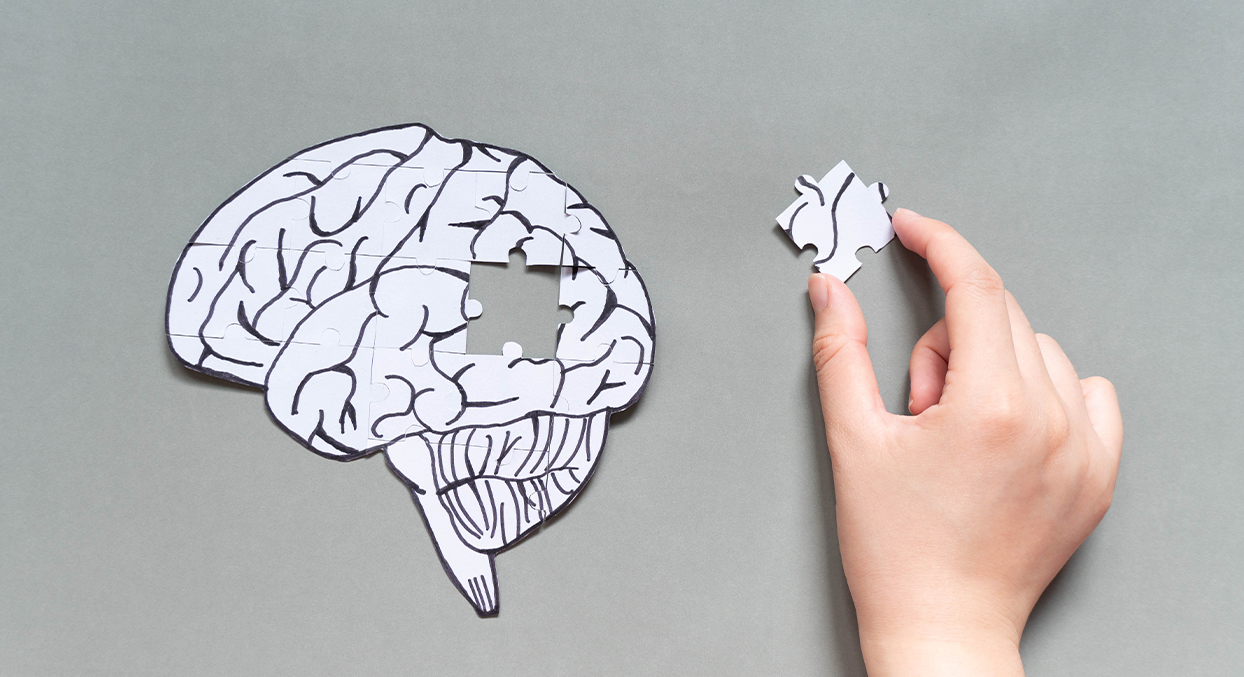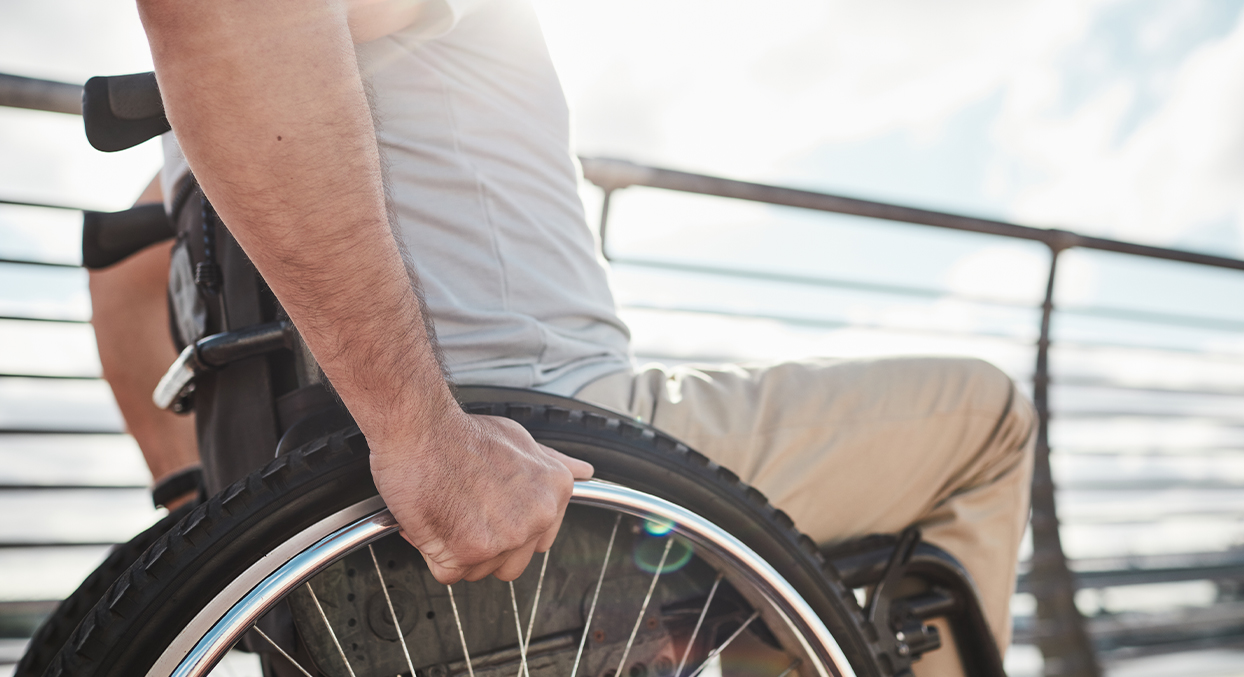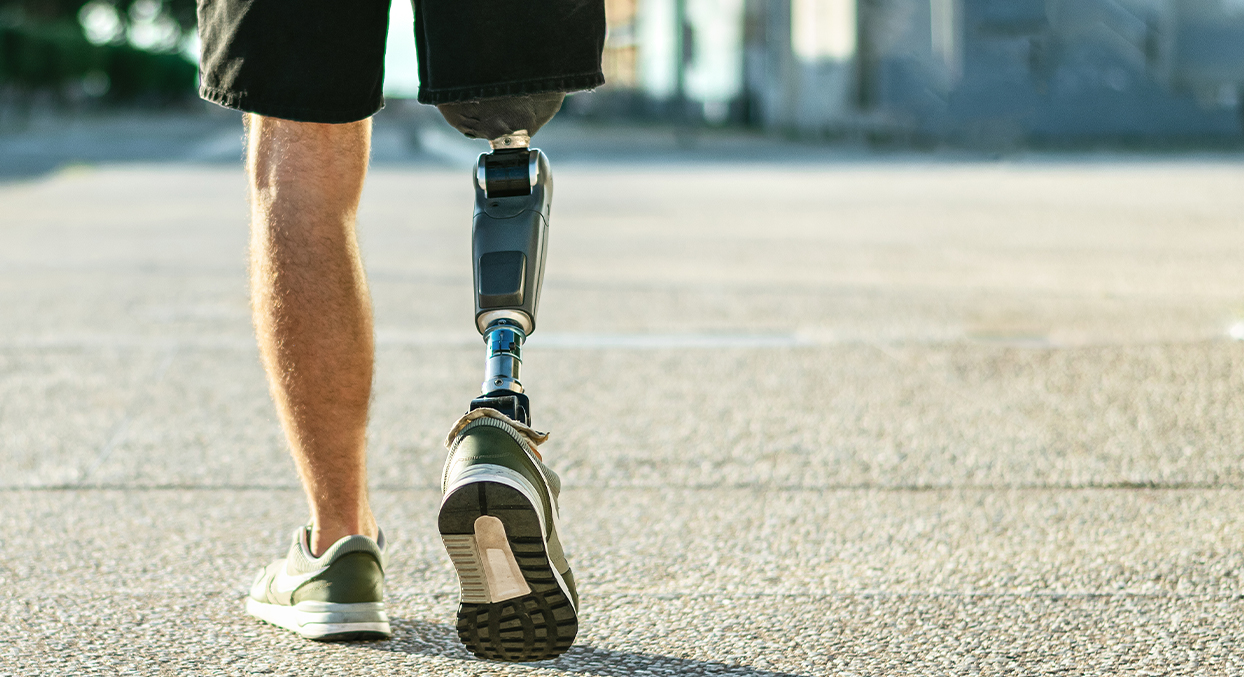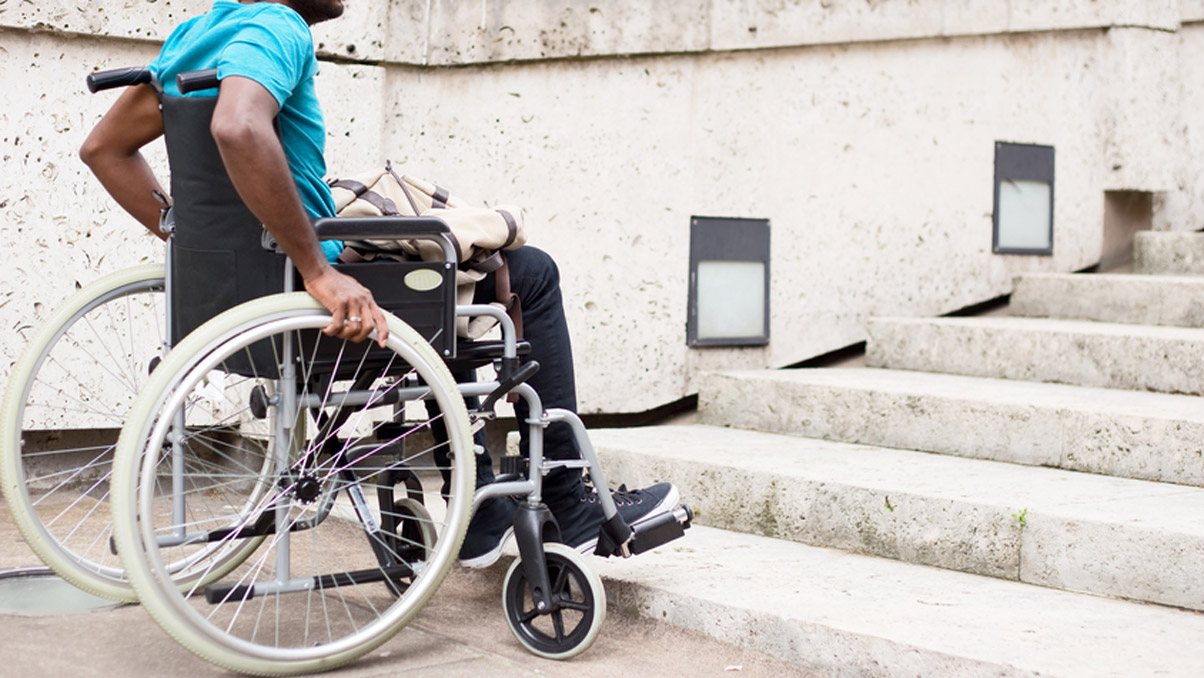National Burns Awareness Day, organised by the Children’s Burns Trust in collaboration with the British Burn Association, takes place this year on Wednesday 11 October.
The British Burns Association’s campaign this year, “Hot Water Burns Like Fire”, reflects statistics which suggest that the majority of burns and scalds sustained by children involve hot water in everyday settings. Hot water can present a very real danger as a result of spillage of hot drinks or saucepans, use of hot water bottles, and scalds from a bath or shower.
In this article, paralegal Sara Palinska recounts a case study of a serious burn injury dealt with by our Pro Bono team, with links to resources available for burn injury patients.
How common are burn injuries?
Research estimates that 250,000 people in the UK experience burn injuries each year. Of those, 175,000 people with burns attend A&E departments and 16,000 people are admitted to hospital.
Perhaps unsurprisingly, children account for almost 50% of the population which sustain severe burn injuries, with the majority of childhood burns being suffered by children under the age of five and occurring in their home kitchen. The risk of injury is also increased for the elderly, people with reduced mental capacity (for example, individuals with dementia or learning difficulties) and those with reduced mobility. According to the International Burn Injury Database (iBID), the average cost to the NHS for a major burn is £168,155 per patient.
Types of burn injuries
Skin is the largest organ of the body with a function to protect us from external factors such as bacteria, day-to-day use of chemicals and exposure to varying temperatures, pain, pleasure, and pressure. Our skin also acts as a cooling system in both the summer heat or when we are feeling unwell.
There are four main types of burn, which tend to have a different appearance and symptoms:
- superficial epidermal burn – where the epidermis is damaged. The skin will be red, slightly swollen and painful, but not blistered.
- superficial dermal burn – where the epidermis and part of the dermis are damaged. The skin will be pale pink and painful with some blistering.
- deep dermal or partial thickness burn – where the epidermis and the dermis are damaged. The skin will be red and blotchy. It may become swollen and blistered but pain levels differ from person to person. Interestingly, some patients may barely notice the sensation of the burn at all.
- full thickness burn – where all three layers of skin (the epidermis, dermis, and subcutis) are damaged. This is the most severe type of burn, and the skin will often be completely burnt away. In turn, the tissue underneath will be visible and may appear pale or blackened, while the remaining skin will be dry and white, brown, or black with no blisters. The texture of the skin may become leathery or waxy.
Recognised and designated hospitals specialise in treating burns, including The St Andrew’s Burn Centre at Broomfield Hospital, where Stewarts runs a free Legal Service. Over the course of the past 10 years, we have assisted 170 patients who have sustained burns injuries and have dedicated over 3,000 hours of free support.
Pro bono case study
A burn injury can be for life, and any extensive damage to the skin’s surface can result in life-long complications. These can be physical such as visible scars, require burn aftercare related to skin sensitivity or synthetic skin grafts, or the wear of specific materials to prevent irritation. Many patients who suffer serious burns will likely do so in a traumatic set of circumstances and may therefore also suffer with long-term psychological issues from their accident.
Our Pro Bono team regularly assists clients who have sustained a partial or full thickness burn injury with a wide range of issues that may have arisen from or as a consequence of their injury.
A couple (Mr and Mrs P) we assisted had sustained varying degrees of burn injury in a fire at their home. Unfortunately, Mrs P passed away following the incident. Mr P also lost many of the couple’s belongings which were damaged in the accident, as well as a building that was part of their home.
Mr P sought assistance from the Legal Service to make an insurance claim for buildings and contents insurance. Mr P struggled to talk about what had happened to him and his wife, and so we took over conduct of the claim, arranging side inspection and clearance as well as the eventual settlement. The Pro Bono team were able to successfully secure a final settlement in the region of £30,000. During this difficult time of bereavement, our team also assisted RT with guidance on international probate matters and renewal of a motor insurance policy.
Support available following a burn injury
It may be beneficial for burn victims to seek further guidance and support from others who have also survived a serious burn injury. Below are some examples of support available for adults and children in the UK.
- The British Burns Association: Founded in 1968, the BBA is a charity concerned with all aspects of burn care. You can email queries to info@britishburnassociation.org.
- Dan’s Fund for Burns: Dan’s Fund for Burns is a charity which offers both practical support such as financial, physical, or emotional assistance as well as peer support and community forums for those who want to share their experience with others who sustained a burn injury. To get in touch with Dan’s Fund for Burns, please direct your enquires to info@dansfundforburns.org.
- Children’s Burns Trust: This is a wonderful charity which offers a wide range of services including emergency financial support by way of a grant, family weekends away, burn club and camps, and helpful guidance on scar management. Family weekends offer an opportunity for children with burn injuries and their parents or carers to spend some fun time together whilst also meeting others who have experienced the impact of a burn injury to their lives. Burn clubs and camps are an opportunity for young people who have suffered burn injuries, to meet others, share experiences and improve their self-esteem. To contact the Children’s Burns Trust, email queries to info@cbtrust.org.uk.
- Katie Piper Foundation: The Katie Piper Foundation helps adult survivors of burns and people with scars from traumatic incidents and their families. To contact the Katie Piper Foundation, please complete this form.
You can find further information regarding our injury expertise, experience and team on our Personal Injury page.
Subscribe – In order to receive our news straight to your inbox, subscribe here. Our newsletters are sent out once a month.

